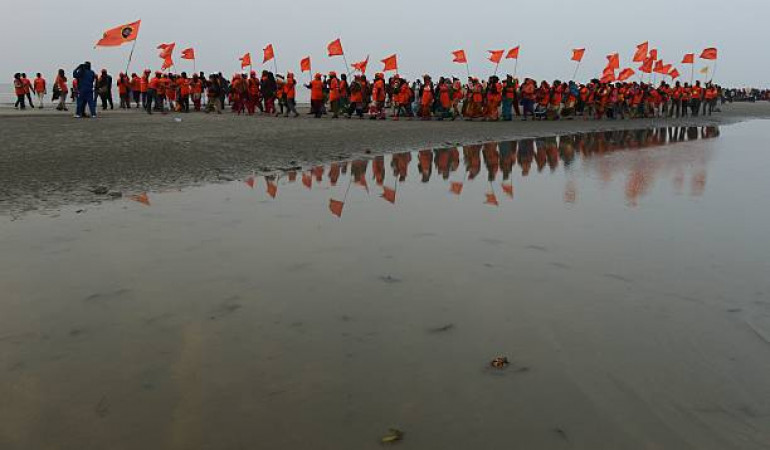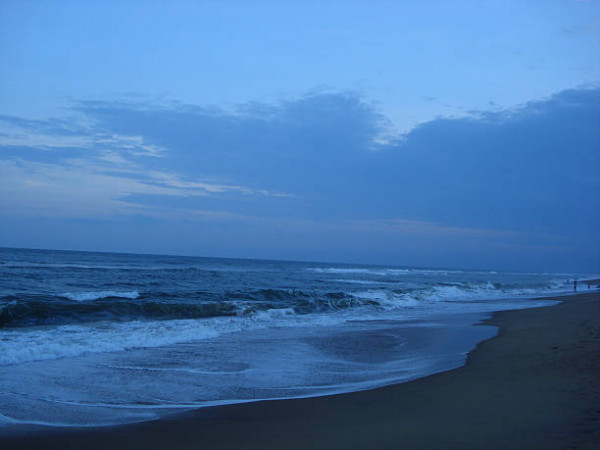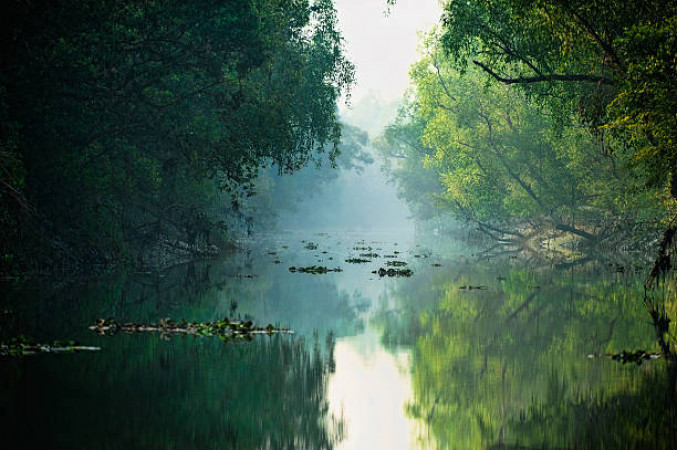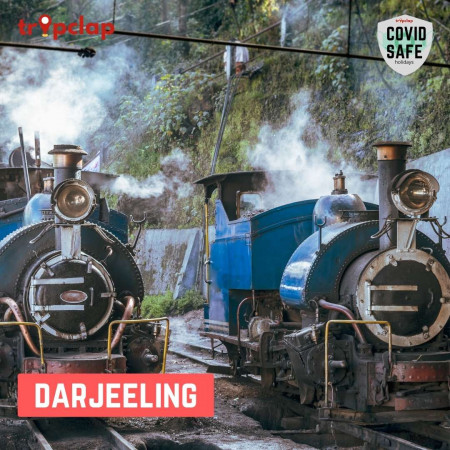
Gangasagar (Sagardwip)
Duration
1 to 2 Days
1 to 2 Days
Best time to visit
Oct-Feb
Oct-Feb
Theme
Religious, Beaches
Religious, Beaches
Gangasagar (Sagardwip) Travel Guide
Gangasagar, also known as Sagardwip, is a significant pilgrimage site in India, located in the southern part of West Bengal. It holds immense historical and cultural importance, as it is believed to be the place where the Ganges River meets the Bay of Bengal. This confluence is considered sacred by Hindus, who flock to Gangasagar for the annual Makar Sankranti festival. The island is also famous for its pristine beaches and tranquil surroundings, making it a popular destination for spiritual seekers and nature lovers alike.Top Attractions in Gangasagar (Sagardwip)
- Gangasagar Mela
- Kapil Muni Temple
- Sagar Island Beach
- Far Beacon Lighthouse
- Marine Aquarium and Research Centre
Gangasagar (Sagardwip) is Famous for
Pilgrims and spiritual seekers visit Gangasagar for its sacred confluence of the Ganges River and the Bay of Bengal during the Makar Sankranti festival.Top Attractions in Gangasagar (Sagardwip)
- Witnessing the holy dip at the confluence
- Exploring the Kapil Muni Temple
- Relaxing on the pristine beaches
- Visiting the historic lighthouse
- Exploring marine life at the aquarium
What's Great about Travelling to Gangasagar (Sagardwip)?
- Perfect for spiritual seekers
- Tranquil and serene atmosphere
- Breathtaking views of the confluence
What's Not So Great about Travelling to Gangasagar (Sagardwip)?
- Limited accommodation options
- Crowded during the Makar Sankranti festival
- Basic amenities on the island
Travel Tips for Gangasagar (Sagardwip)
- Carry sufficient cash as there are limited ATMs on the island
- Respect local customs and traditions during your visit
- Arrange accommodation in advance, especially during the festival season
Important Gangasagar (Sagardwip) trip information
- Ideal Duration: 2-3 days
- Best Time to Visit: November to February
- Nearby Airports and Railway Stations: The nearest airport is in Kolkata, and the nearest railway station is in Kakdwip.
FAQ's on Gangasagar (Sagardwip)
Q1: What is the best time to visit Gangasagar (Sagardwip)?
The best time to visit Gangasagar (Sagardwip) is during the winter months from November to February when the weather is pleasant and ideal for exploring the region. This time also coincides with the famous Gangasagar Mela, a religious festival that attracts pilgrims from all over the country. It is advisable to avoid the monsoon season from June to September due to heavy rainfall and the summer months from March to May when temperatures can soar.
Q2: Do I need a visa to travel to Gangasagar (Sagardwip)?
Most tourists visiting Gangasagar (Sagardwip) will require a valid Indian visa. However, if you are a citizen of a few selected countries, you may be eligible for a visa on arrival or e-visa. It is recommended to check the specific visa requirements based on your nationality before planning your trip.
Q3: What are the must-visit attractions in Gangasagar (Sagardwip)?
Some of the must-visit attractions in Gangasagar (Sagardwip) include the Gangasagar Beach, Kapil Muni Temple, Sagar Island, and the holy confluence (Sagardwip) where the Ganges River meets the Bay of Bengal. The Gangasagar Mela is also a significant event that should not be missed if you visit during the festival.
Q4: Is Gangasagar (Sagardwip) a safe place to travel?
Gangasagar (Sagardwip) is generally a safe place to travel, but like any destination, it is essential to be cautious and aware of your surroundings. Avoid isolated areas, take care of your belongings, and follow local advice to ensure a safe trip. It is advisable to travel with reputable tour operators and avoid venturing out alone at night.
Q5: What is the local currency in Gangasagar (Sagardwip) and can I use credit cards?
The local currency in Gangasagar (Sagardwip) is the Indian Rupee (INR). While credit cards are accepted in some hotels and restaurants, it is advisable to carry cash, especially when visiting local markets or smaller establishments. ATMs are available in larger towns, but it is recommended to carry sufficient cash for remote areas.
Q6: What is the local cuisine like in Gangasagar (Sagardwip)?
Gangasagar (Sagardwip) offers a varied cuisine with influences from Bengali and coastal flavors. Some popular dishes include fish curry, rice, macher jhol (fish stew), and sweets like sandesh and rasgulla. Vegetarian options are also widely available, and travelers with dietary restrictions can find suitable meals in most restaurants.
Q7: What transportation options are available in Gangasagar (Sagardwip)?
Transportation options in Gangasagar (Sagardwip) include buses, taxis, and auto-rickshaws for local travel. Ferries and boats are essential for reaching the island, especially during the Gangasagar Mela. It is recommended to book transportation in advance, especially during peak tourist seasons.
Q8: Are there any cultural norms or etiquette I should be aware of when visiting Gangasagar (Sagardwip)?
When visiting Gangasagar (Sagardwip), it is essential to respect local customs and traditions. Dress modestly, especially when visiting religious sites, and remove footwear before entering temples. It is customary to greet locals with a 'Namaste' and seek permission before taking photographs of individuals. Avoid public displays of affection and be mindful of your behavior to ensure a harmonious experience with the local community.
Q9: I am a travel agent. How can I buy travel leads of Gangasagar (Sagardwip)?
Register yourself as a travel agent at agents.tripclap.com and then you can buy travel leads to Gangasagar (Sagardwip) once your account is approved. For more details contact our support team at +91-8069186564 or support@tripclap.com



